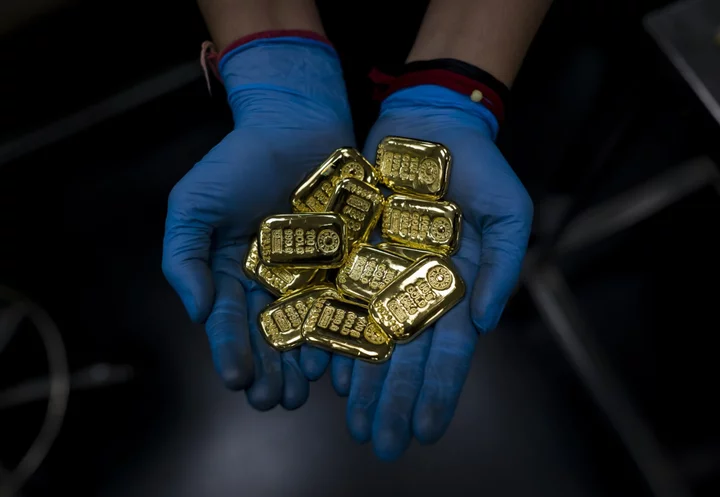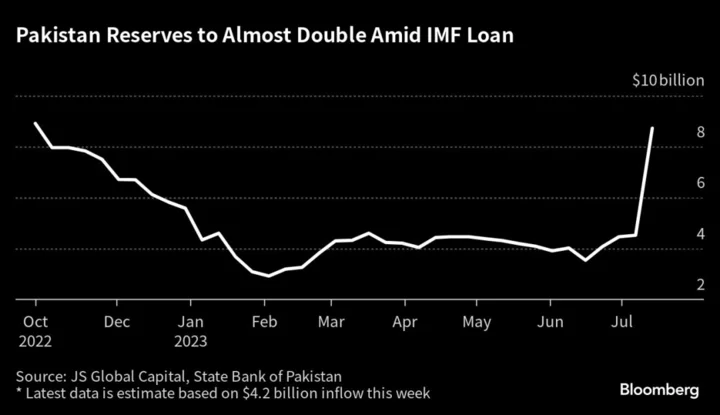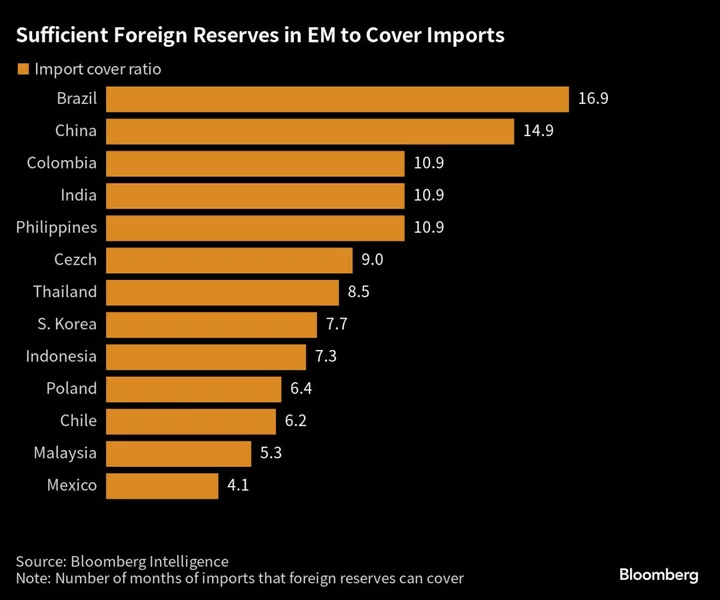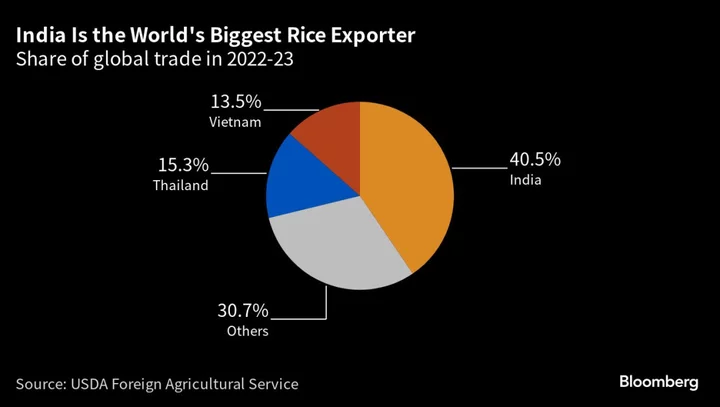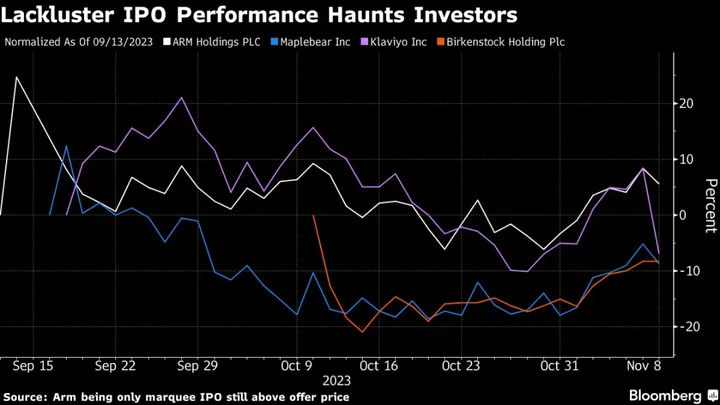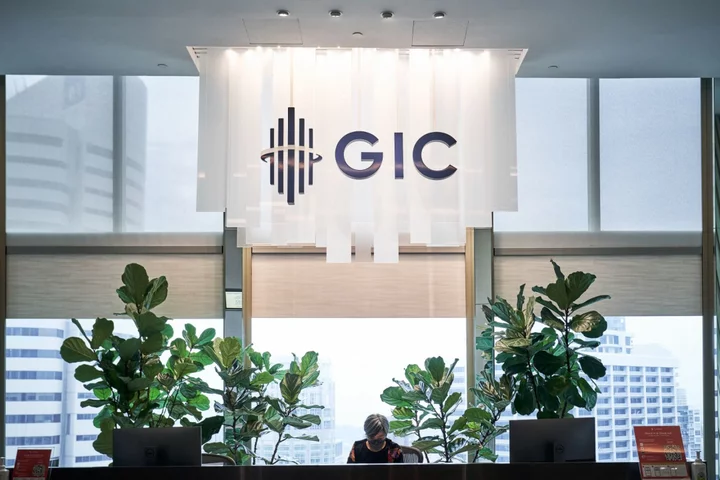During periods of turmoil, gold tends to make headlines as fans of the precious metal argue it can act as a safe haven. But is it also an inflation hedge? Is it considered a risk asset?
Joe Cavatoni, market strategist and head of Americas at the World Gold Council, joined the What Goes Up podcast to discuss how gold has been performing this year and what some of its primary price catalysts are.
Here are some highlights of the conversation, which have been condensed and edited for clarity. Click here to listen to the full podcast, or subscribe on Apple Podcasts or wherever you listen.
Listen to What Goes Up on Apple Podcasts
Listen to What Goes Up on Spotify
Q: The explanation of what’s driving gold prices is a moving target. Help us think about what drives the price of gold up or down.
A: As an asset, it’s very unique because when you think about the strategic drivers of gold and how gold is consumed worldwide, it’s consumed in the consumption way, which is through jewelry, small bars and coins, maybe in technology like your iPhone, where it’s a component. And those types of consumption behaviors are driven strategically through economic expansion — simply put, you get wealthier, you feel comfortable about buying jewelry or you buy more technology, and you actually see economic expansion putting money in pockets and people actually using that to invest in things, including gold.
Q: Is that the primary driver?
It is, but I’m going to come back around and talk about the big markets like China and India, where there’s a bit of a mix — because it is consumer, but there’s also an element of savings there. And then secondly, you look at the investment side. So when market risk and uncertainty develops, higher levels of volatility, confusion around what’s going to play out for the next period of time — whether it’s one month, one year, whatever the case may be — long term, which is how we often make sure people understand that’s how you need to view gold, the market risk and uncertainty is benefited when gold is added to your portfolio, because in that context, investors see the type of diversification benefit you get from gold in your portfolio as helpful. So it correlates positively when the S&P 500 goes up, and it correlates negative when the S&P goes down. So you’ve got those two strategic drivers.
Adding to that, you’ve got a global asset. So it’s not just something bought here in the US but it’s bought and sold all over the world. China and India are two huge markets from a consumption perspective. And in addition to that, this asset is actually produced and supplied on a global scale as well. So you’ve got a global element, you’ve got a regional element, you’ve got a consumer behavior, you’ve got an investment behavior.
Q: What has the price of gold done this year, and how do factors like monetary policy impact prices?
A: This year, what we’ve seen are two things. Number one, monetary policy continuing to be a headwind. The opportunity cost, the rotation of assets in a portfolio, risk-asset behavior, how people are dealing with their risk assets, that’s a moment where we see headwinds for gold. People don’t look to gold in those moments when movement in rates and movement in those risk assets is taking place. Once people have made their allocation, they come back around to gold and they put in their portfolio that ballast of a holding — 3%, 5%, 10% of their portfolio. So the price behavior this year has seen a lot of that.
But within the course of the year, we’ve also seen systemic events or moments that have kicked into place — a banking crisis, for a lack of a better way of putting it, moments where there’s a crisis and people say, ‘Hey look, I need to make sure that I can preserve my asset pool. My real assets need to go up, my safe-haven asset.’
When the Fed has managed to cool off the economy, once that starts to develop, that monetary policy will loosen up, the ability for gold to start to see itself run. Right now what we’re seeing is range-bound pricing on the gold market. So you see us holding firm at about a $1,850, $1,900, almost $1,950 level, but not breaking out. We had a moment earlier in the year around that banking crisis where we did break out, but we’re not really breaking out just yet. And it’s simply because most institutional investors have not come back to the table. The range-bound pricing behavior we’re getting is being held up by mainly a lot of buying by central banks, which is a trend we’ve been seeing for a long time.
Q: I’m interested in the idea of gold as a haven asset. Why would someone go for gold instead of something like Treasuries?
A: Well, I think what you start to see are two factors that are pretty significant in terms of performance. It’s a limited-source asset. So over long-term performance, you’ll see that gold will actually appreciate. And ultimately what you find with the asset is second, it’s very liquid. The asset trades about $150 billion a day. So what I’d say is those factors really weigh in and actually make people feel comfortable and confident. And they are not linked to anything like a credit rating or a dollar currency or whatever the case may be that could have another level of impact on the overall price performance and trading activity of an asset. So you’re really looking at a unique asset that stands by itself. And ultimately with these unique drivers for consumption will continue to push the price higher over time. And that’s why I think people feel comfortable and confident putting it as a component — not the only component — in a portfolio.
--With assistance from Stacey Wong.
Author: Vildana Hajric and Michael P. Regan

